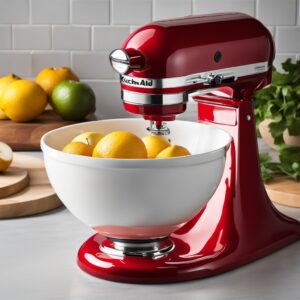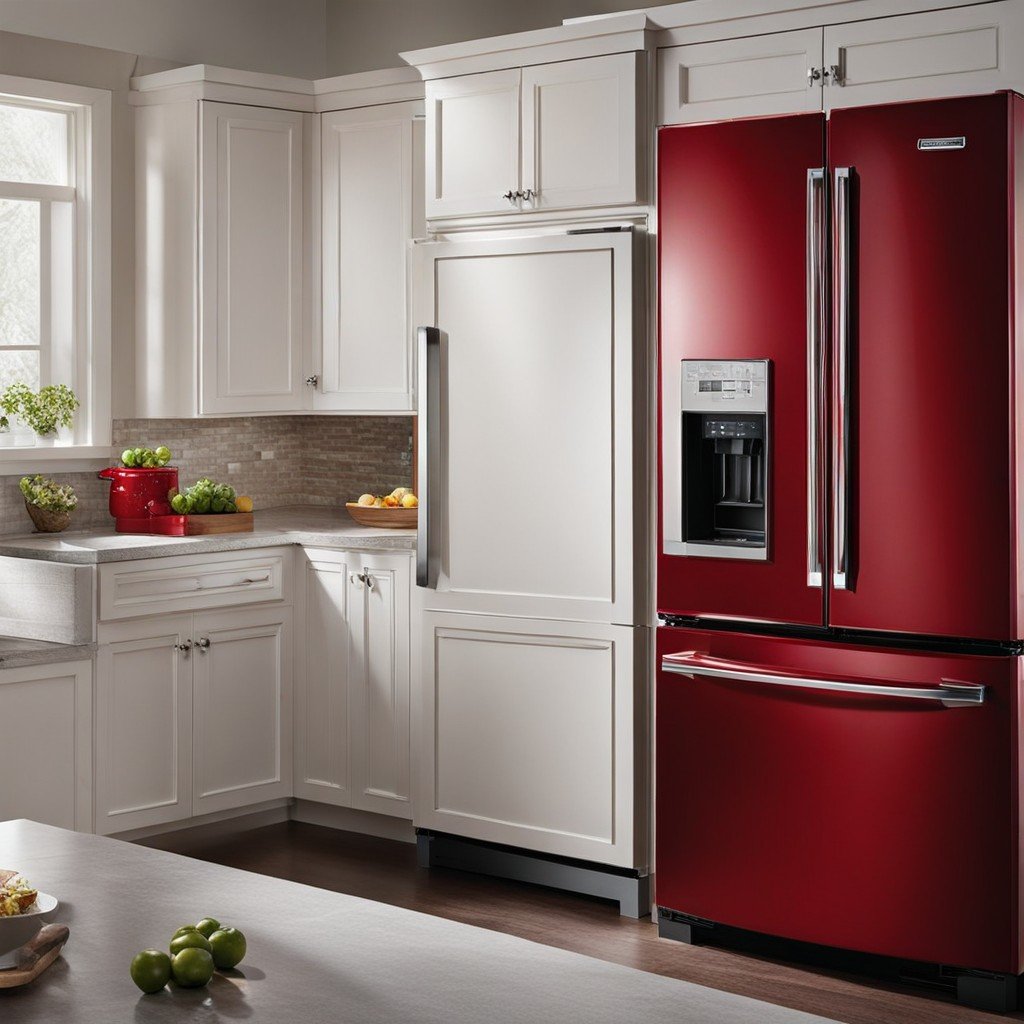-
Table of Contents
- Mastering the Kitchenaid Food Processor: A Comprehensive Guide
- Getting Started with Your Kitchenaid Food Processor
- How to Open Kitchenaid Food Processor
- Using Your Kitchenaid Food Processor
- Troubleshooting Your Kitchenaid Food Processor
- Kitchenaid Food Processor Stopped Working
- Replacement Parts for Kitchenaid Food Processor
- Service and Support
- Conclusion
Mastering the Kitchenaid Food Processor: A Comprehensive Guide

Whether you’re a seasoned chef or a beginner in the kitchen, the Kitchenad Food Processor is a versatile tool that can simplify your cooking process. This article will guide you on how to use this appliance effectively, troubleshoot common issues, and maintain it for long-term use.
Getting Started with Your Kitchenaid Food Processor
Before you start using your Kitchenaid Food Processor, it’s essetial to familiarize yourself with its components. The processor typically includes a base, a bowl with a lid, a multipurpose blade, and various slicing and shredding discs. The manual for Kitchenaid Food Processor provides detailed instructions on how to assemble these parts.
How to Open Kitchenaid Food Processor
Opening your Kitchenaid Food Processor is a straightforwrd process. Simply hold the handle of the bowl and turn it counterclockwise to unlock it from the base. To remove the lid, turn it in the same direction. Always ensure that the appliance is unplugged before you start disassembling it.
Using Your Kitchenaid Food Processor
Once you’ve assembled your processor, you’re ready to start cooking. Here are some steps to follow:
- Place the food in the bowl. Avoid overfilling it to ensure even processing.
- Secure the lid and ensure that it’s locked in place.
- Plug in the appliance and select the appropriate speed setting. the pulse function is ideal for rough chopping, while the low and high speeds are suitable for more precise tasks.
- Once you’re done, turn off the appliance and unplug it before removing the lid and bowl.
Troubleshooting Your Kitchenaid Food Processor
Despite its high-quality design, you may encounter some issues with your Kitchenaid Food Processor. here are some common problems and their solutions:
Kitchenaid Food Processor Stopped Working
If your processor suddenly stops working, it could be due to an overloaded motor. unplug the appliance and let it cool down for about 15 minutes before using it again. If the problem persists, it’s advisable to contact an authorized service center.
Replacement Parts for Kitchenaid Food Processor
Over time, you may need to replace some parts of your Kitchenaid Food Processor. These include the bowl, lid, blades, and discs. You can find these parts on the company’s official website or at authorized retailers. Always ensure that you purchase genuine Kitchenaid parts to maintain the performance and safety of your appliance.
Service and Support
People living in America frequently use the Kitchenaid Food Processor and are generally satisfied with its performance. However, if you encounter any issues that you can’t resolve, it’s advisable to contact the company’s customer service. There are service centers in many provinces of America. You can find the nearest service center by calling the number specified on the company’s official website.
Conclusion
The Kitchenaid Food Processor is a valuable addition to any kitchen. With proper use and maintenance, this appliance can help you prepare a wide range of dishes with ease. Remember to refer to the manual for detailed instructions and contact the customer service if you need further assistance.
Note: The information provided in this article is collected from the Internet. While we strive to provide accurate information, there may be discrepancies. For the most accurate and up-to-date information, please visit the official website of Kitchenaid. The site owner is not responsible for any inaccuracies or issues arising from the use of this information.







